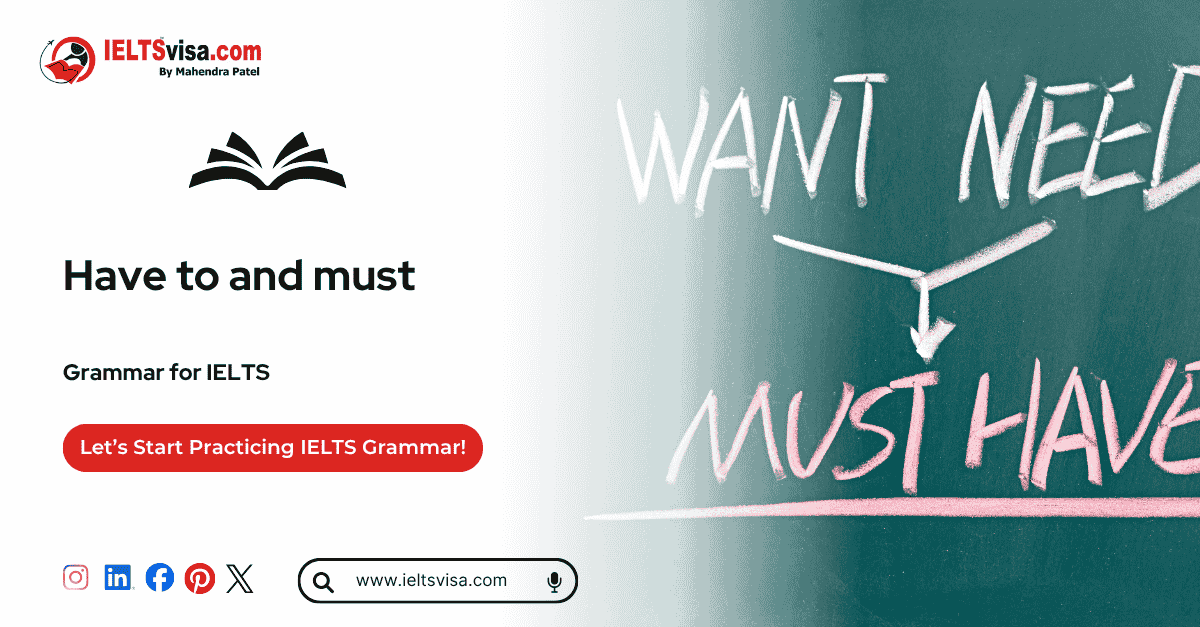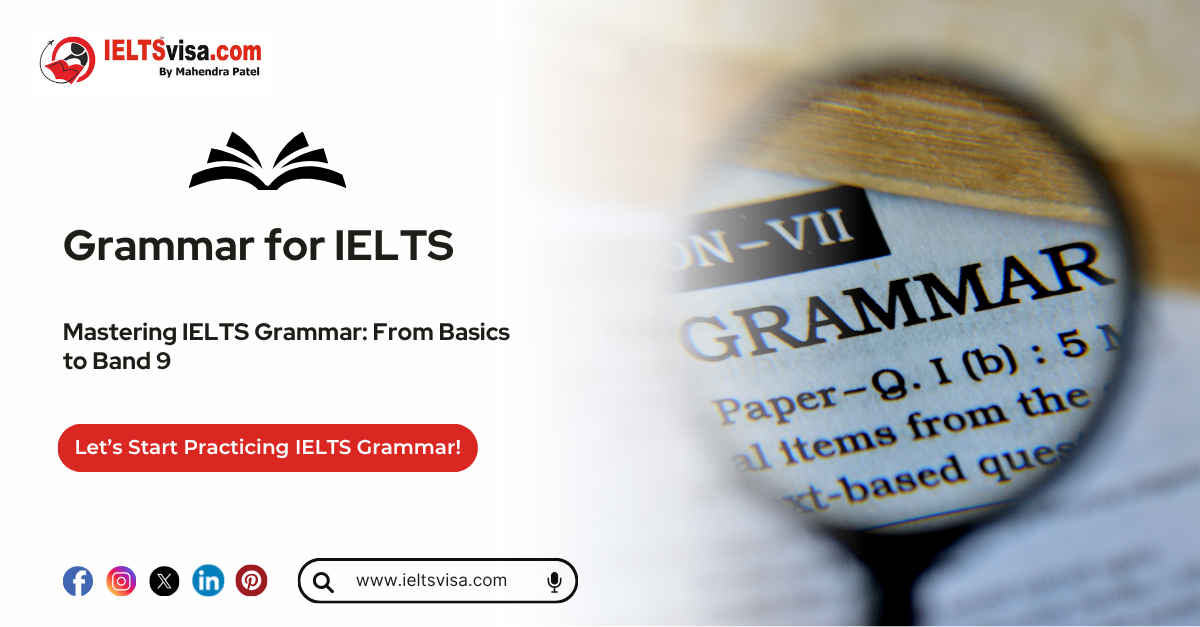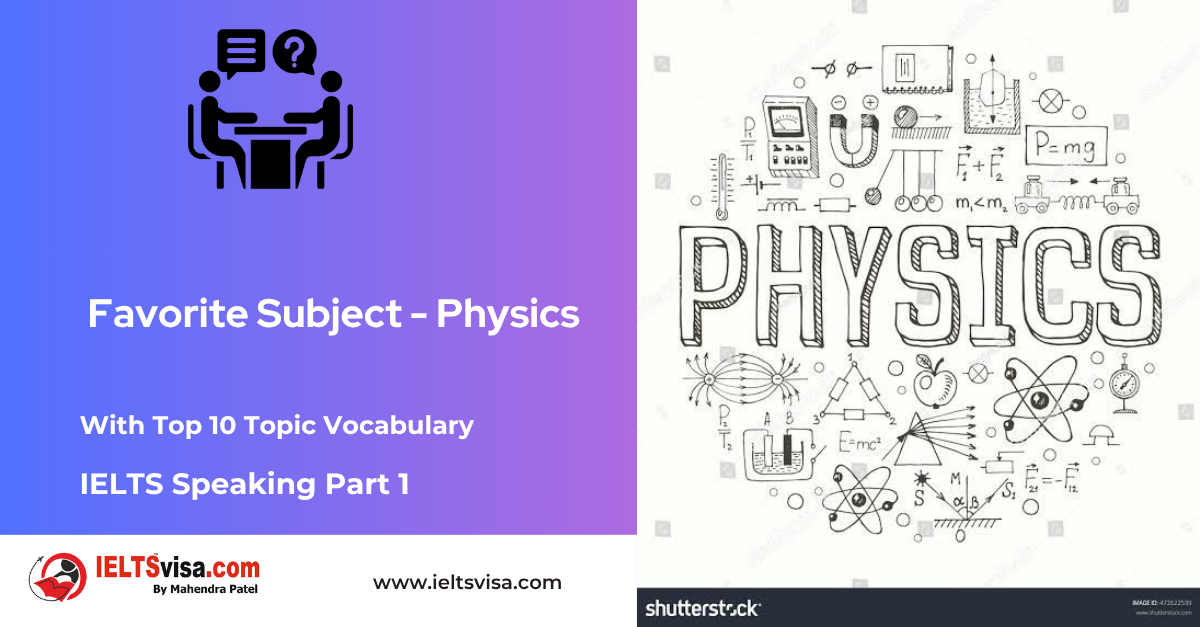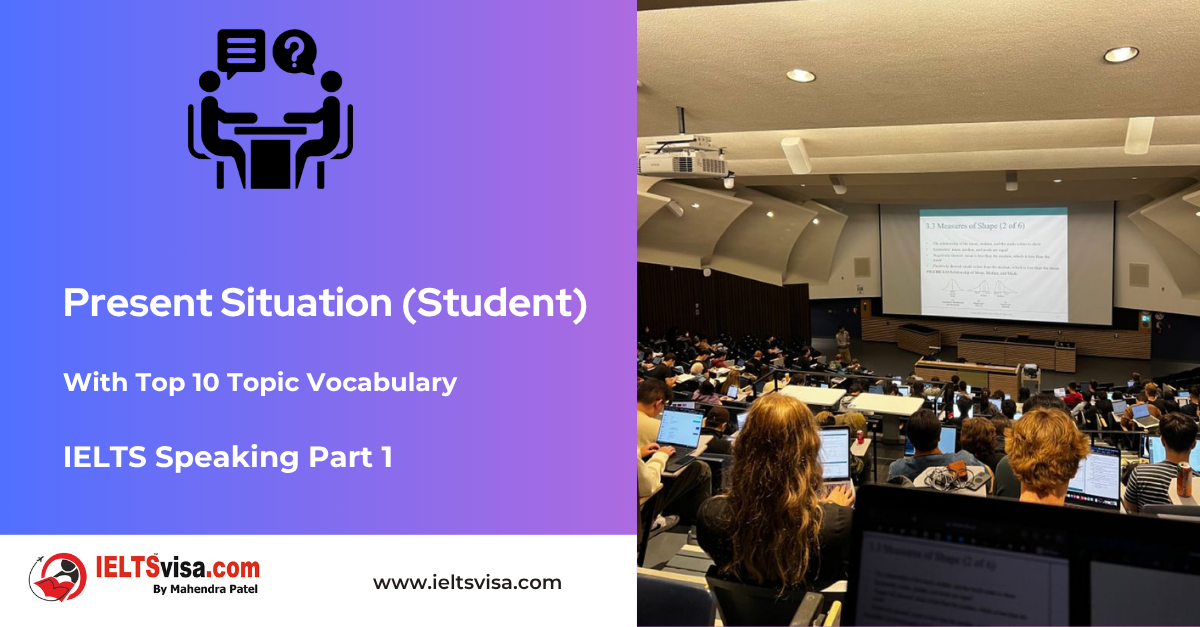Have to and must
Grammar for IELTS

Have to and Must
Introduction to Modal Verbs: Have to and Must
The English language is filled with modal verbs that convey necessity, obligation, and probability. Among these, “have to” and “must” stand out for their similarities and nuanced differences. This comprehensive guide will help you understand when to use “have to” and “must”, how they differ, and how to apply them effectively in various contexts. Whether you are a beginner or looking to refine your English skills, this guide is tailored for you.
Table of Contents
1. What Are “Have to” and “Must”?
2. Key Differences Between “Have to” and “Must”
3. When to Use “Have to”
4. When to Use “Must”
5. Positive, Negative, and Question Forms
6. Examples in Sentences
7. Cultural and Regional Differences
8. Common Mistakes and How to Avoid Them
9. Practice Exercises
10. FAQs on Have to and Must
11. Conclusion
1. What Are “Have to” and “Must”?
“Have to” and “must” are modal verbs used to express necessity or obligation. However, their usage varies depending on the context, formality, and whether the obligations are personal or external.
Definitions:
Have to: Indicate external obligations or requirements. It often relates to rules, laws, or duties imposed by someone else.
Example: You have to wear a helmet while riding a bike.
Must: Indicates strong personal obligation, necessity, or certainty. It often reflects the speaker’s insistence or internal obligation.
Example: I must finish this project by tonight.
2. Key Differences Between “Have to” and “Must”
|
Aspect |
Have to |
Must |
|
Source of Obligation |
External (rules, laws, other people) |
Internal (personal feelings, speaker’s emphasis) |
|
Formality |
Less formal |
More formal |
|
Usage in Negatives |
Doesn’t mean “prohibited”; instead, it means “not necessary.” |
Means prohibition or strong negation. |
|
Example |
You have to complete the form by tomorrow. |
You must respect your elders. |
3. When to Use “Have to”
1. External Obligations
Use “have to” when referring to obligations imposed by external factors such as laws, rules, or other people.
Example: Students have to wear uniforms in this school.
2. Daily Responsibilities
It’s also used for day-to-day responsibilities or routines.
Example: I have to pick up groceries after work
3. Questions and Negatives
In questions and negative sentences, “have to” is used to check necessity or state lack of obligation.
Question Example: Do I have to attend the meeting?
Negative Example: You don’t have to come if you’re busy.
4. When to Use “Must”
1. Strong Personal Obligation
Use “must” to emphasize the necessity or importance of something, often reflecting the speaker’s insistence.
Example: I must call my mom today.
2. Rules and Instructions
It’s used in formal contexts, particularly in written or spoken instructions.
Example: Visitors must sign in at the reception desk.
3. Logical Deductions
“Must” is often used to express certainty or logical conclusions.
Example: She must be at the library; her bag is here.
5. Positive, Negative, and Question Forms
Positive Sentences:
-
- Have to: You have to finish your homework before dinner.
- Must: You must apologize for your mistake.
Negative Sentences:
-
- Have to: You don’t have to attend the seminar if you’re not interested.
- Must: You must not cheat during the exam.
Questions:
-
- Have to: Do I have to submit the report today?
- Must: Must we complete the assignment by tomorrow?
6. Examples in Sentences
“Have to” Examples:
1. Employees have to swipe their ID cards to enter the office.
2. We have to leave early to catch the train.
3. Does he have to work on weekends?
“Must” Examples:
1. You must not disclose confidential information.
2. I must remember to buy a gift for her birthday.
3. Must we wait here until the rain stops?
7. Cultural and Regional Differences
In American English, “have to” is more commonly used in informal conversations, while “must” is often reserved for formal or written contexts. British English uses “must” more frequently in both spoken and written forms.
8. Common Mistakes and How to Avoid Them
1. Interchanging “Have to” and “Must” Incorrectly
Mistake: You must wake up early because it’s a school rule.
Correction: You have to wake up early because it’s a school rule.
2. Incorrect Use in Negatives
Mistake: You don’t have to talk loudly here.
Correction: You must not talk loudly here.
9. Practice Exercises
Fill in the blanks with “have to” or “must”:
1. You ______ submit the application by 5 PM.
2. I ______ finish this book before it’s due at the library.
3. He ______ not be late for the meeting.
4. Do we ______ bring our ID cards every day?
5. You ______ call her; she’s waiting for your reply.
Answers:
1. have to
2. must
3. must
4. have to
5. must
10. Practice Exercises
Fill in the blanks with “may” or “might”:
1. It ______ rain later, so take an umbrella.
2. You ______ leave the classroom after finishing the exam.
3. If he had studied harder, he ______ have passed the test.
4. She ______ join us for the trip, but she’s not sure yet.
5. I ______ have misunderstood the instructions.
Answers:
1. may
2. may
3. might
4. might
5. might
FAQs on Have to and Must
Q1: Can “have to” and “must” be used interchangeably?
Not always. While they both indicate necessity, “have to” often reflects external obligations, and “must” conveys internal obligation or emphasis.
Q2: Is “must” more formal than “have to”?
Yes, “must” is generally more formal and is often used in official or written communication.
Q3: How do you use “must” to express certainty?
“Must” is used for logical deductions or strong beliefs.
Example: She must be home because her car is parked outside.

Our Books
Master IELTS Speaking Part 1
IELTS Writing Task 1 Book
IELTS Writing Task 2 Book
Practice IELTS Other Modules
IELTS Listening
The IELTS Listening test assesses how well you can understand spoken English in various contexts. It lasts about 30 minutes and is divided into four sections with a total of 40 questions. The listening tasks become increasingly difficult as the test progresses.
IELTS Academic Reading
The IELTS Academic Reading section assesses your ability to understand and interpret a variety of texts in academic settings. It is designed to evaluate a range of reading skills, including skimming for gist, reading for main ideas, reading for detail, understanding inferences, and recognizing a writer's opinions and arguments.
IELTS Speaking
The IELTS Speaking test assesses your ability to communicate in English on everyday topics. It lasts 11-14 minutes and consists of three parts: introduction, cue card, and a discussion based on the cue card topic.
IELTS General Reading
IELTS General Reading tests your ability to understand and interpret various types of texts. Here are some key areas and types of content you can expect to encounter in the reading section, along with tips for effective preparation.
IELTS Academic Writing Task 1
In IELTS Academic Writing Task 1, you are presented with a visual representation of information, such as graphs, charts, tables, or diagrams, and you are required to summarize, compare, or explain the data in your own words.
IELTS General Writing Task 1
In IELTS General Writing Task 1, you are required to write a letter based on a given situation. The letter can be formal, semi-formal, or informal, depending on the prompt. Here’s a breakdown of the key components to include in your letter
IELTS Academic Writing Task 2
In IELTS Academic Writing Task 2, you are required to write an essay in response to a question or topic. Here’s a guide to help you understand the essential elements of this task
IELTS Exam Tips
To succeed in the IELTS exam, practice regularly, familiarize yourself with the test format, improve your vocabulary, develop time management skills, and take mock tests to build confidence.
Grammer for IELTS
Grammar is the foundation of effective communication in English. Understanding tense usage, subject-verb agreement, and sentence structure enhances clarity and coherence in writing and speaking.
Vocabulary for IELTS
Vocabulary plays a crucial role in the IELTS (International English Language Testing System) exam, especially in the Speaking and Writing sections. Here’s an overview of why vocabulary is important and how it impacts your performance
RECENT IELTS SAMPLES QUESTIONS AND ANSWERS
IELTS Speaking Part 1 – Favourite Sujbect – Physics
IELTS Speaking Part 1 - Favourite Sujbect - Physics Q: What is your favourite subject? A: My favourite subject...
IELTS Speaking Part 1 – Present Situation (Student)
IELTS Speaking Part 1 - Present Situation (Student) Q1: Are you a student or do you work?A: I’m a full-time...
IELTS Speaking Part 1 – Present Situation – Employee – as an International Student and Social Worker
IELTS Speaking Part 1 - Present Situation - Employee - as an International Student and Social Worker Q1: Are...
IELTS Speaking Part 1 – Persent Situation – Employee- as an Electric Engineer
IELTS Speaking Part 1 - Persent Situation - Employee- as an Electric Engineer Q1: What do you do for a...
IELTS Speaking Part 1 – Persent Situation – Employee – as an Software Engineer
IELTS Speaking Part 1 - Persent Situation - Employee - as an Software Engineer Q1: What do you do for a...
IELTS Speaking Part 1 – Persent Situation – Married
IELTS Speaking Part 1 - Persent Situation - Married Q1: Are you married?A: Yes, I am married. My spouse and I...













